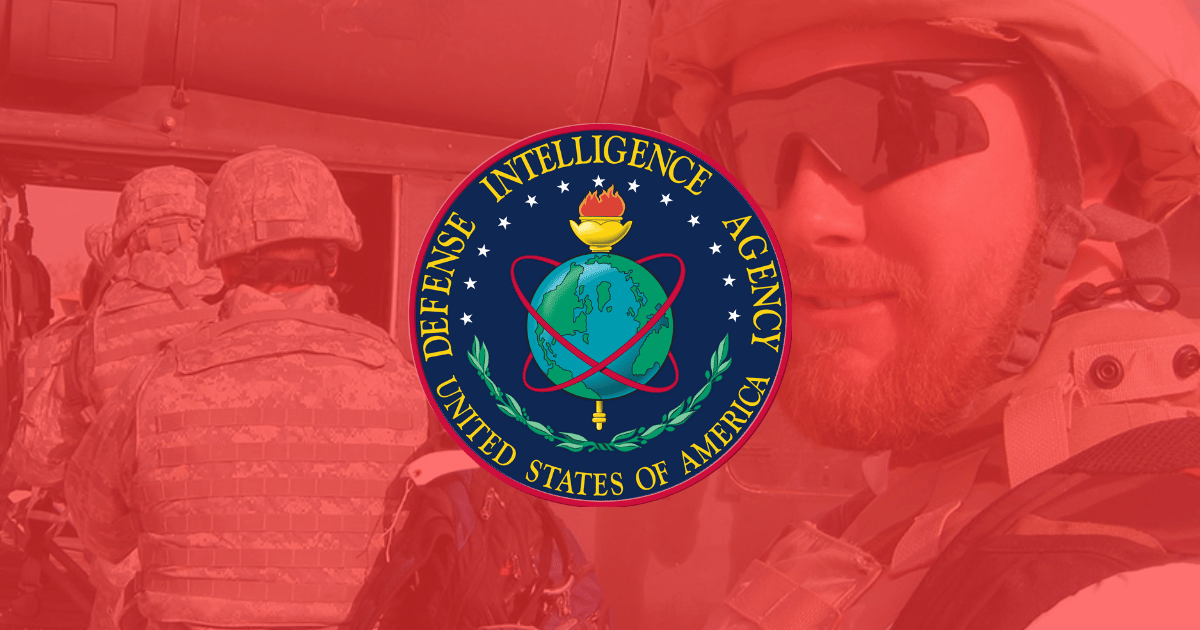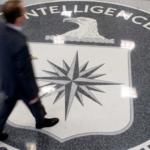Executive Summary
This comprehensive report delves into the functioning and facets of the Defense Intelligence Agency (DIA), a pivotal player in the U.S. intelligence community after Central Intelligence Agency. The report encompasses a historical overview, organizational structure, intelligence capabilities, strategic initiatives, collaborative efforts, and future prospects of the DIA.
The historical backdrop illuminates the DIA’s origins in the wake of the need for a consolidated and efficient intelligence framework, ultimately leading to its establishment in 1961. Over the years, the DIA has transformed into a multifaceted organization boasting a diverse workforce with expertise across various domains. This diversity underscores the importance of a versatile and multidimensional approach to intelligence gathering and analysis.
The report emphasizes the crucial role of intelligence capabilities, encompassing Human Intelligence (HUMINT), Signals Intelligence (SIGINT), Imagery Intelligence (IMINT), Open Source Intelligence (OSINT), and Measurement and Signature Intelligence (MASINT). These capabilities underscore the DIA’s commitment to a comprehensive approach in understanding and addressing national security challenges.
Collaborations are a cornerstone of the DIA’s operations, highlighted both within the U.S. intelligence community and on an international scale. These collaborative efforts underscore the importance of information sharing and a united approach to addressing global threats. Furthermore, the report acknowledges the DIA’s proactive integration of Artificial Intelligence (AI) and Machine Learning (ML), positioning the agency on the cutting edge of technological advancement in intelligence analysis.
However, challenges persist, ranging from the dynamic nature of evolving threats to recruitment and retention hurdles, as well as the delicate balance between secrecy and transparency. The report emphasizes the imperative for strategic planning and continuous adaptation to ensure the DIA remains at the forefront of defense intelligence.
Table of Content
Executive Summary 5
Introduction 6
Historical Background of the Defense Intelligence Agency 7
Organizational Structure and Functions of DIA 9
A. Mission and Purpose: 9
B. Organizational Structure: 9
C. Functions and Workload Distribution: 10
Organizational Structure and Functions of DIA 11
A. Human Intelligence (HUMINT) Capabilities: 11
B. Signals Intelligence (SIGINT) Capabilities: 11
C. Imagery Intelligence (IMINT) Capabilities: 12
D. Open Source Intelligence (OSINT) Capabilities: 12
E. Measurement and Signature Intelligence (MASINT) Capabilities: 13
Key Initiatives and Operations 14
A. DIA’s Involvement in Counterterrorism Efforts: 14
B. Role in Cybersecurity and Countering Cyber Threats: 15
C. Contributions to Non-Proliferation and Arms Control Efforts: 16
D. Involvement in Geopolitical Assessments and Strategic Planning: 17
Technology and Innovation in Intelligence Gathering 18
A. Utilization of Advanced Technologies in Intelligence Operations of Defense Intelligence Agency: 18
B. Integration of Artificial Intelligence and Machine Learning in Analysis of Defense Intelligence Agency: 19
C. Cyber Capabilities and Their Role in Modern Intelligence Gathering of Defense Intelligence Agency: 20
Collaboration and Partnerships 22
A. Collaboration of Defense Intelligence Agency with Other U.S. Intelligence Agencies: 22
B. Cooperation of Defense Intelligence Agency with International Intelligence Agencies and Organizations: 22
C. Importance of Public-Private Partnerships in Intelligence Activities with Respect to Defense Intelligence Agency: 23
Challenges and Future Outlook 24
A. Key Challenges Faced by Defense Intelligence Agency in Contemporary Times: 24
B. Strategies to Overcome Challenges and Enhance Efficiency in Defense Intelligence Agency: 24
C. Future Trends and Advancements in the Field of Defense Intelligence for Defense Intelligence Agency: 25
Concluding Remarks and Analysis 26






